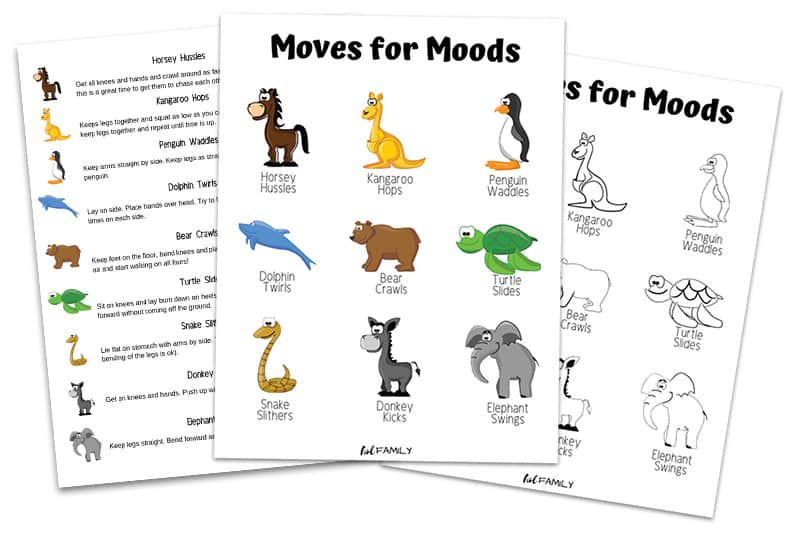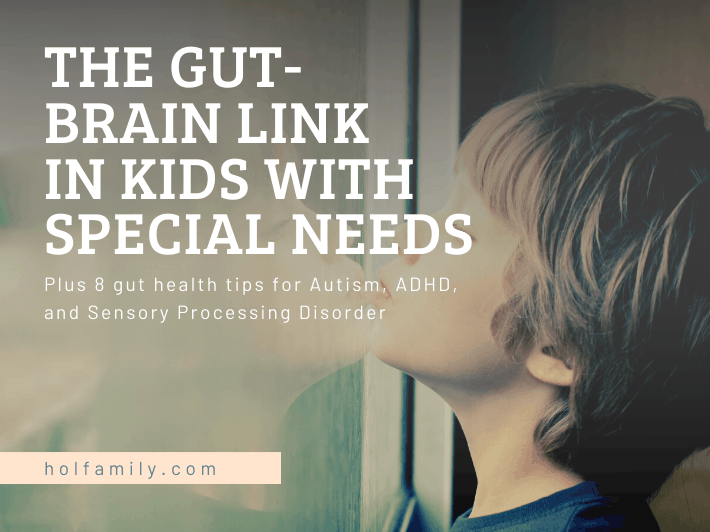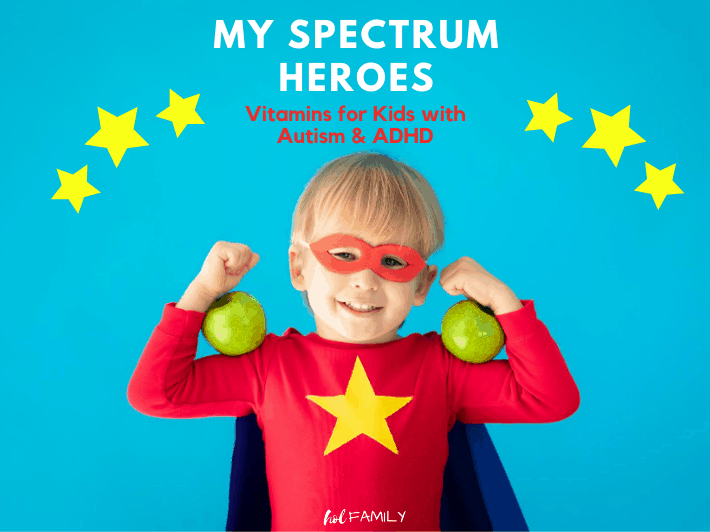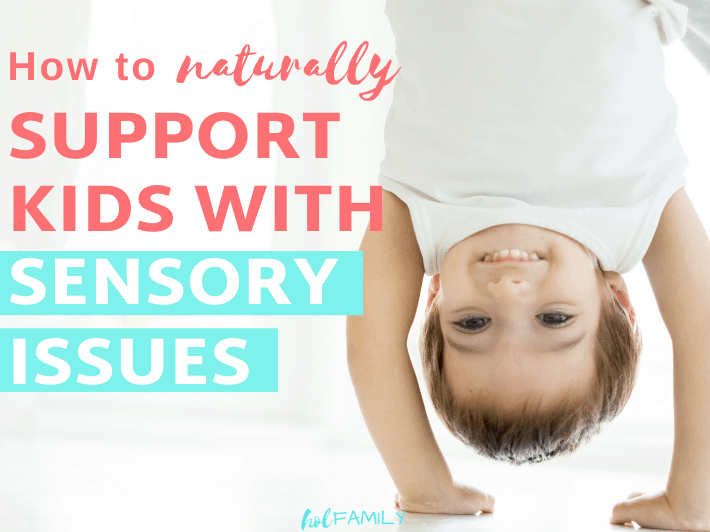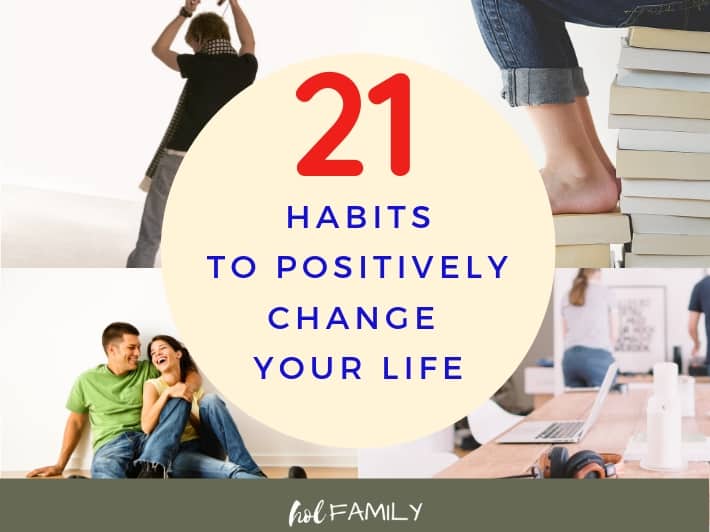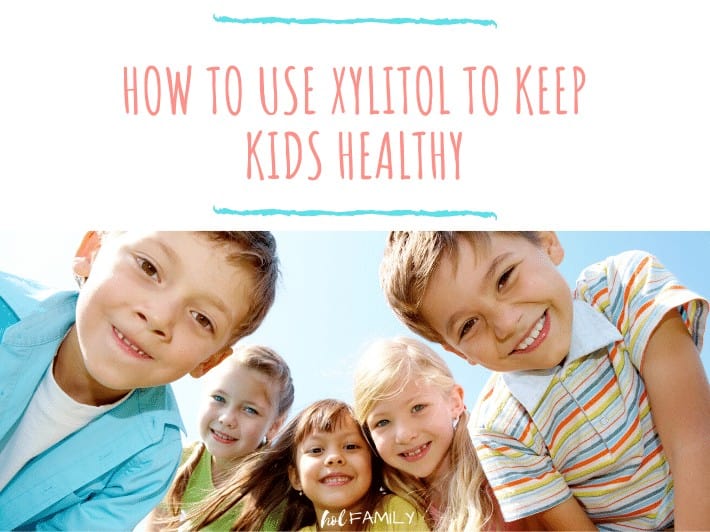Exercise has been a touch and go topic for me for the past couple of decades. Sometimes I’ll get on a huge kick and get in incredible shape… and I usually maintain this level of fitness for a few months before something happens and I fall off. I mean REALLY fall off.
But what’s interesting about this is each time I’ve dropped the fitness ball, I’ve noticed a few things about myself:
- My moods end up in the gutter. I become an angry, easily frustrated and cranky person and I just don’t like myself very much.
- My tolerance level becomes practically non-existent and the tiniest of things really frustrate me.
- My creativity tanks and I struggle to come up with fresh ideas.
- My outlook towards life becomes really poor and I find myself battling depression.
Like magic, a couple of weeks after I start a new, highly intense workout routine my mood lifts, my tolerance level improves and I transform into a more positive, well-rounded person.
And it has the same effect on children too!
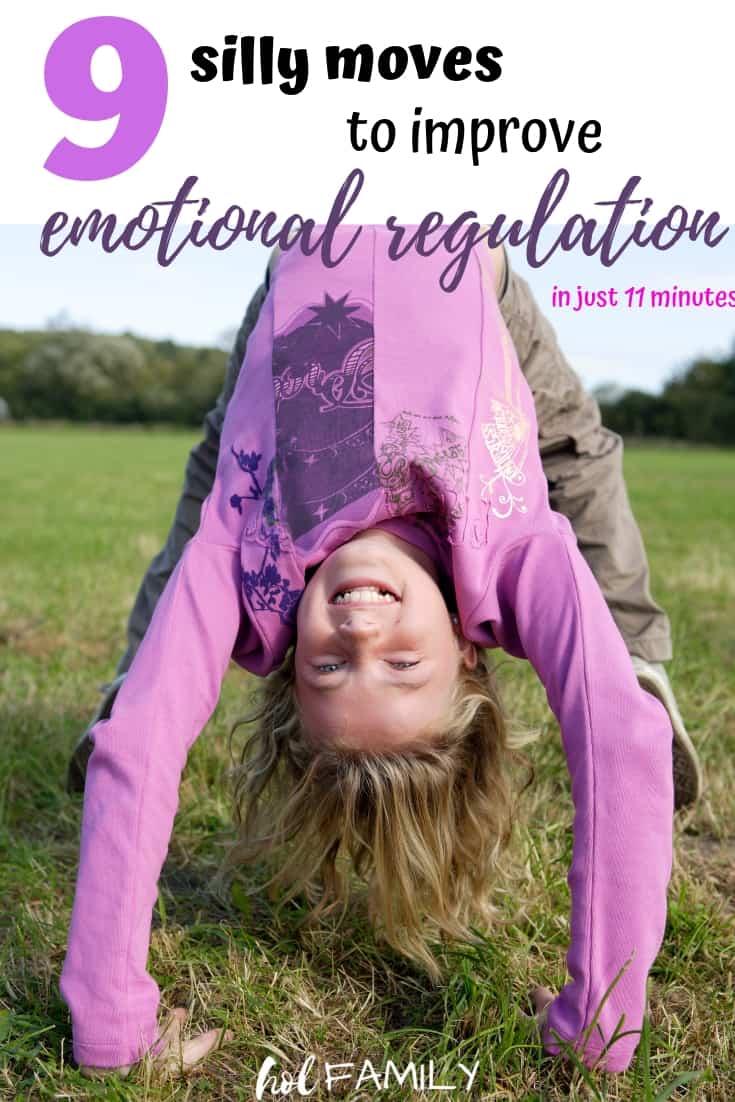
Connecting The Emotional Regulation Dots
The root of every childhood outburst or meltdown stems from poor emotional regulation, or lacking the ability to cope with various emotional experiences felt throughout the day.
Most of us adults have learned to cope and effectively navigate through our world of emotional tsunamis, but young children are still learning how to tread their volatile waters.
One key ingredient to mellowing out those powerful waves is short, intense bouts of exercise.
It Strengthens The Corpus Callosum
The Corpus Callosum is the nerve tissue that links the left (logical) side of the brain with the right (emotional) side of the brain.
These nerve fibers become stronger and more dense each time their is communication between these two hemispheres.
A great way to stimulate this communication is by crossing the midline.
And most types of exercises, especially those that require complex or multiple movements from one side of the body to the other do just that.
The more frequently a child crosses their midline, or encourages communication between these two hemispheres, the stronger and more dense their corpus callosum becomes.
A stronger, more dense corpus callosum = better emotional regulation.
This is especially important to note for children with autism as there is a link between those children and a weak corpus callosum. (1)
Balances Hormones
Hormones, hormones and more hormones. They pretty much control everything that happens in your body, for better or worse.
Two of those hormones, cortisol and adrenaline have been linked to high levels of stress.
And an over-production of them can promote anxiety and depression, both of which are disastrous for good emotional regulation.
Anything to reduce stress and subsequently the over-production of these hormones is a win and short, intense bouts of exercise do just that.
On the flip side, exercise also elevates serotonin and dopamine production. Famously called the feel good hormones, together they’re responsible for happiness, pleasure and mood regulation.
Increases Concentration
Has your child ever sat down to complete a homework assignment (or an activity of their choice) and screamed the top of their lungs, “I CAN’T DO IT,” followed by a complete meltdown?
Yeah, us too.
Here’s the good news.
Regular bouts of intense exercise increase levels of oxygen to the brain. This improves concentration and focus. Combined with balanced hormones, a child’s ability to persevere in the face of frustration is greatly improved.
If I’ve sold you on the idea of getting your children on a daily, intense workout routine, read on…
The Exercises Themselves
Even as adults, if we don’t enjoy our workouts, we’ll eventually just stop doing them.
With this in mind, I decided to put together the perfect workout routine for my children.
It’s designed to be short, intense and best of all, FUN!
There are 9 exercises in total. Each is 60 seconds long followed by a 15 second break, totaling 11 minutes.
You can either buy a cheap kitchen timer at the dollar store (what we did initially) or download an app for your phone called Interval Timer. The advantage of this way is you can set up two intervals (60 seconds followed by 45 seconds) that will beep at the end of each phase. This way if your attention needs to be elsewhere, your children can still get a silly, yet effective workout without too much coaching from you!
Snake Slithers

Lie flat on stomach with arms by side. Try to move forward while flat on the floor (slight bending of the legs is ok).
Bear Crawls

Keep feet on the floor, bend knees and place hands on the ground. Keep bum pointed in the air and start walking on all fours!
Kangaroo Hops

Keeps legs together and squat as low as you can go. Jump forward as far as you can. Try to keep legs together and repeat until time is up.
Turtle Slides

Sit on knees and lay bum down on heels. Stretch hands over head onto the floor. Try to inch forward without coming off the ground. It’s tricky. Remind your children that turtles move slowly and it’s ok if they’re not going fast, that’s the point!
Dolphin Twirls

Lay on side. Place hands over head. Try to lift hands and feet off the floor. Do this multiple times on each side.
**Note: This is very difficult (even I have a hard time with it). The idea is to just get them to try. This will also help strengthen their core.
Horsey Hussles

Get all knees and hands and crawl around as fast as possible. If you have more than one child this is a great time to get them to chase each other!
Donkey Kicks

Get on knees and hands. Push up with hands and kick feet outward when in the air.
Elephant Swings

Keep legs straight. Bend forward and let arms dangle. Swing arms from side to side.
Penguin Waddles

Keep arms straight by side. Keep legs as straight as possible also and try to walk like a penguin.
That’s it! That’s the routine!
Some kids (like our oldest son) get really frustrated if they can’t do things perfectly. If you have a child like this, you might want to do what I did – just focus on the fun aspect of the exercises and remind them it’s not about being perfect, it’s about being silly. And laugh with them. It helps ease the frustration!
And don’t forget to…
Get Your Free Printable
I’ve included a reference sheet, pre-colored version and one your kids can color in all their own (my little ones loved it)!
Did you try this with your children? Do you have a similar routine you do? Share with us, we’d love to hear from you!
